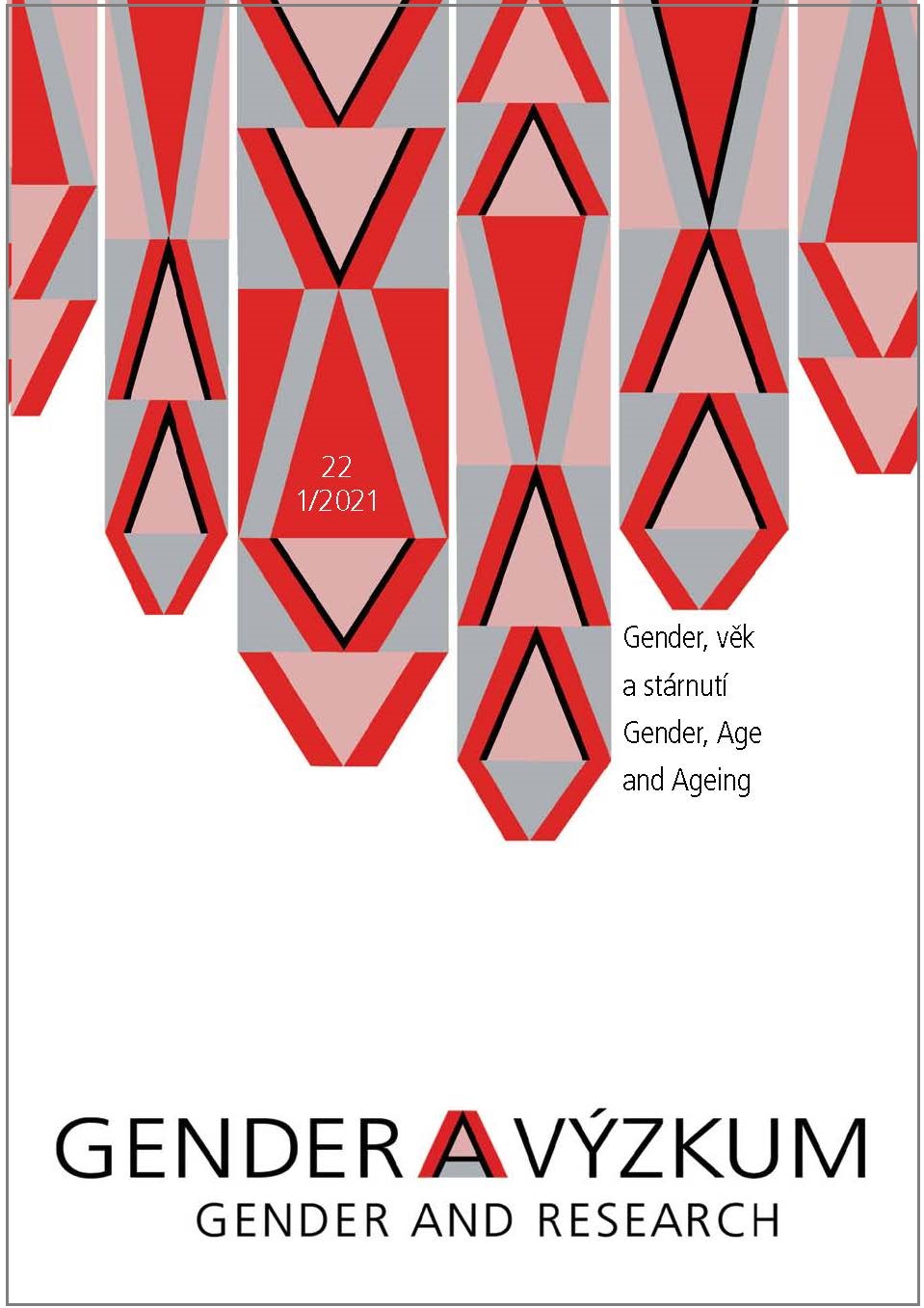Exclusion from Social Relations in Later Life and the Role of Gender: A Heuristic Model
Exclusion from Social Relations in Later Life and the Role of Gender: A Heuristic Model
Author(s): Marja Aartsen, Kieran Walsh, Feliciano Villar, Ariela Lowenstein, Ruth Katz, Sigal Pearl Naim, Andreas Motel-Klingebiel, Anna Wanka, Anna Urbaniak, Thomas Hansen, Lucie VidovićováSubject(s): Gender Studies
Published by: AV ČR - Akademie věd České republiky - Sociologický ústav
Keywords: social exclusion; social relations; older age
Summary/Abstract: Articles Being socially connected is a universal human need, but a substantial number of older men and women are or become excluded from these connections in later life. Exclusion from social relations (ESR) is unwanted as it undermines people's ability to lead a healthy, active, and independent life. Policies to reduce this form of exclusion have been limited in effectiveness, due in part to a broader lack of knowledge about the dynamics of social exclusion in older ages and the intersection of social exclusion with gender constructions. To advance our understanding of ESR in later life, we develop a heuristic model based on theories and previous empirical studies. Considering the gendered constructing forces of ESR in older age that can potentially lead to loneliness and reduced health and wellbeing, the model identifies individual drivers, such as biopsychosocial conditions, personal standards and life- -course transitions, and macro-level drivers, such as norms and welfare state provisions. This model can serve as a conceptual platform for further theoretical development and empirical study on the gendered construction of ESR in later life. While our focus is on drivers of ESR and its outcomes, potential reversed effects are also discussed.
Journal: Gender a výzkum
- Issue Year: 22/2021
- Issue No: 1
- Page Range: 16-35
- Page Count: 20
- Language: English

